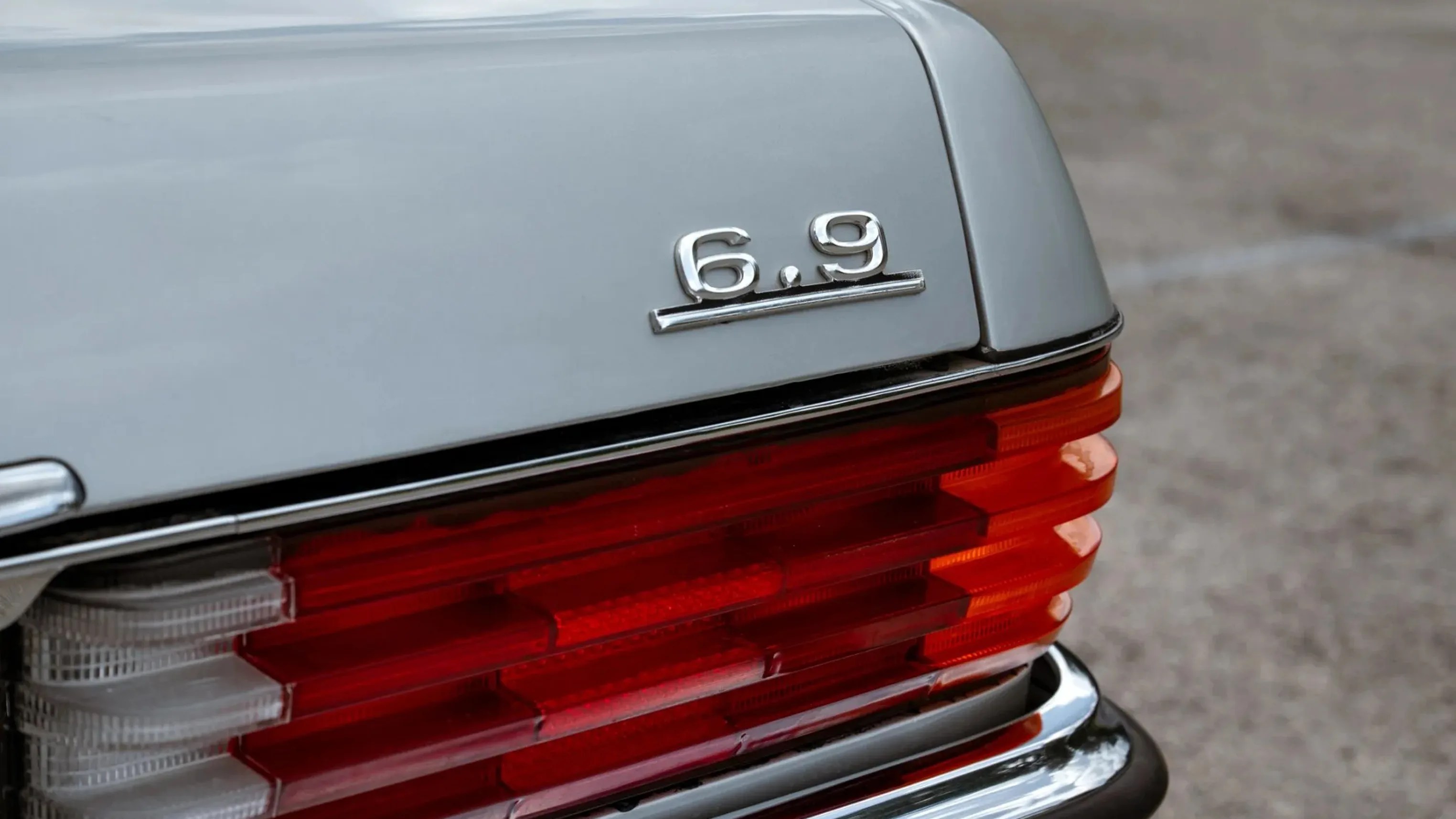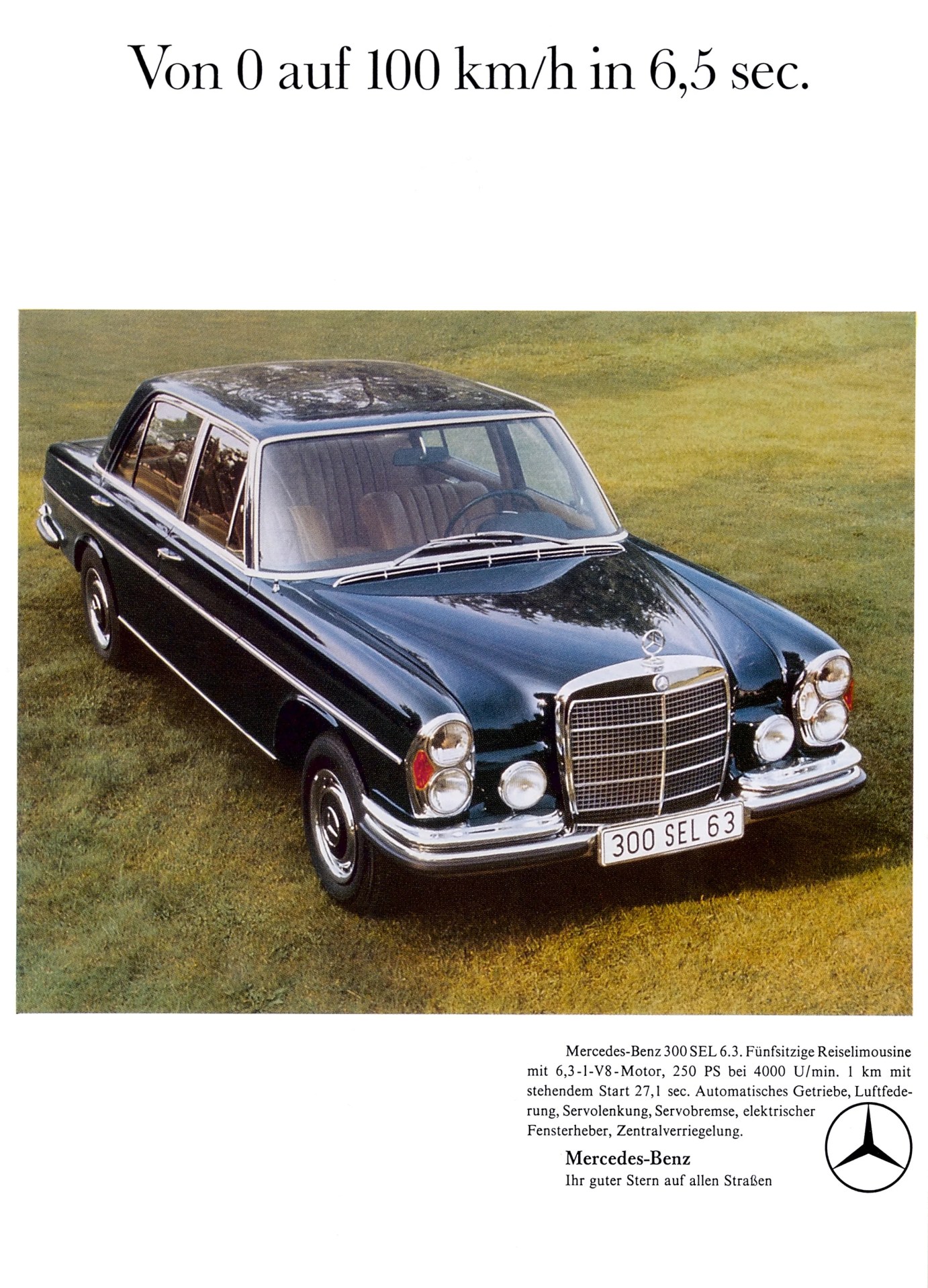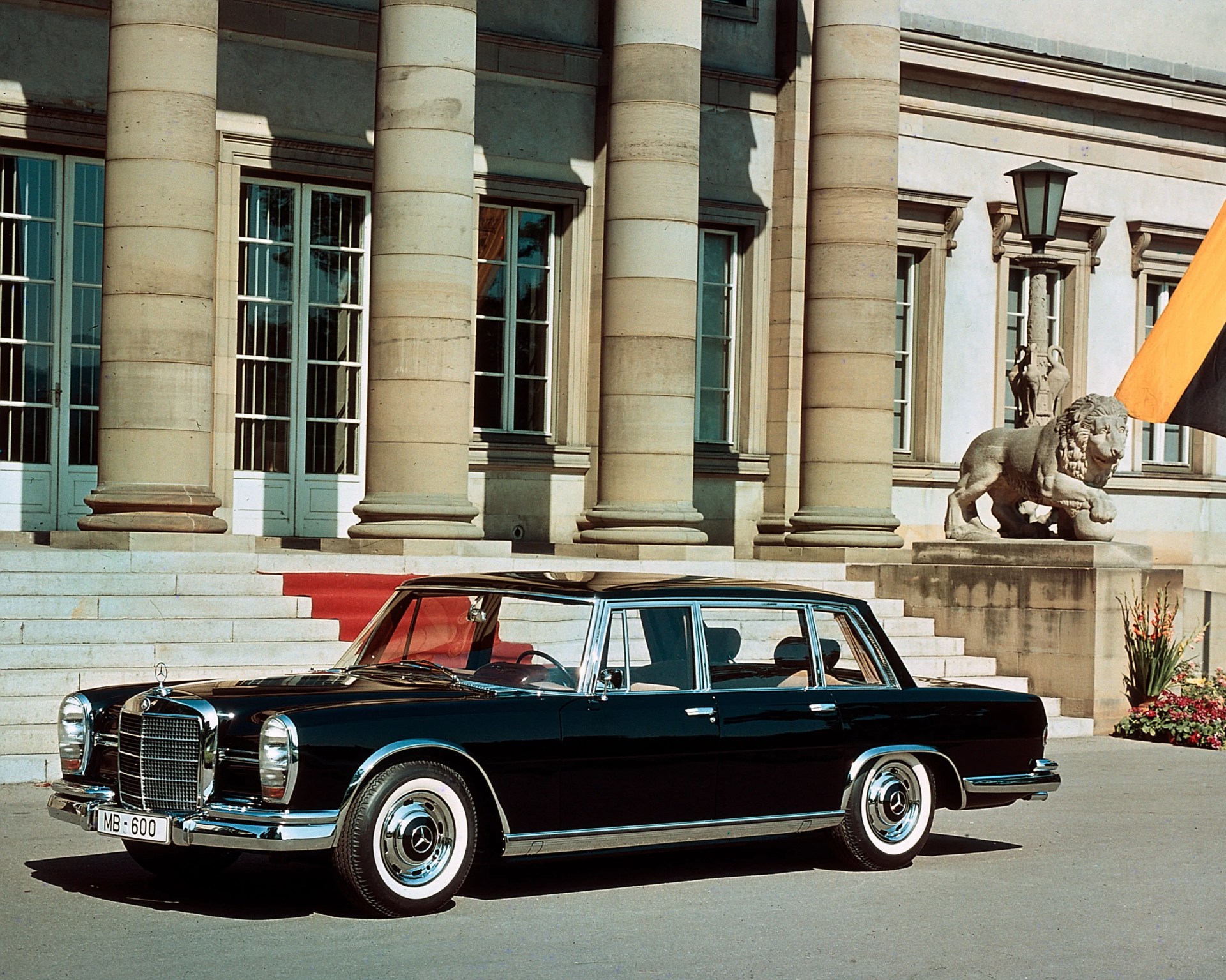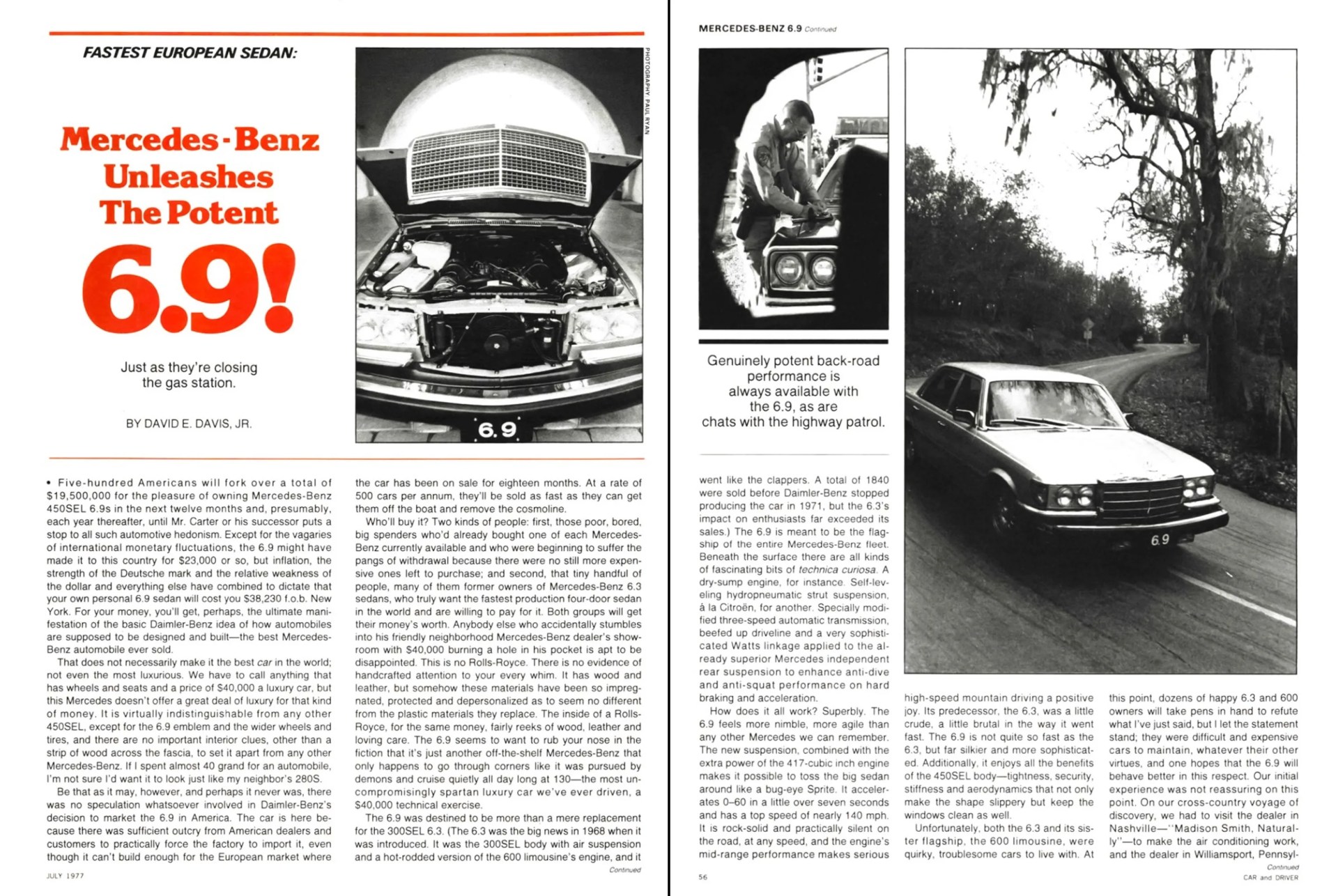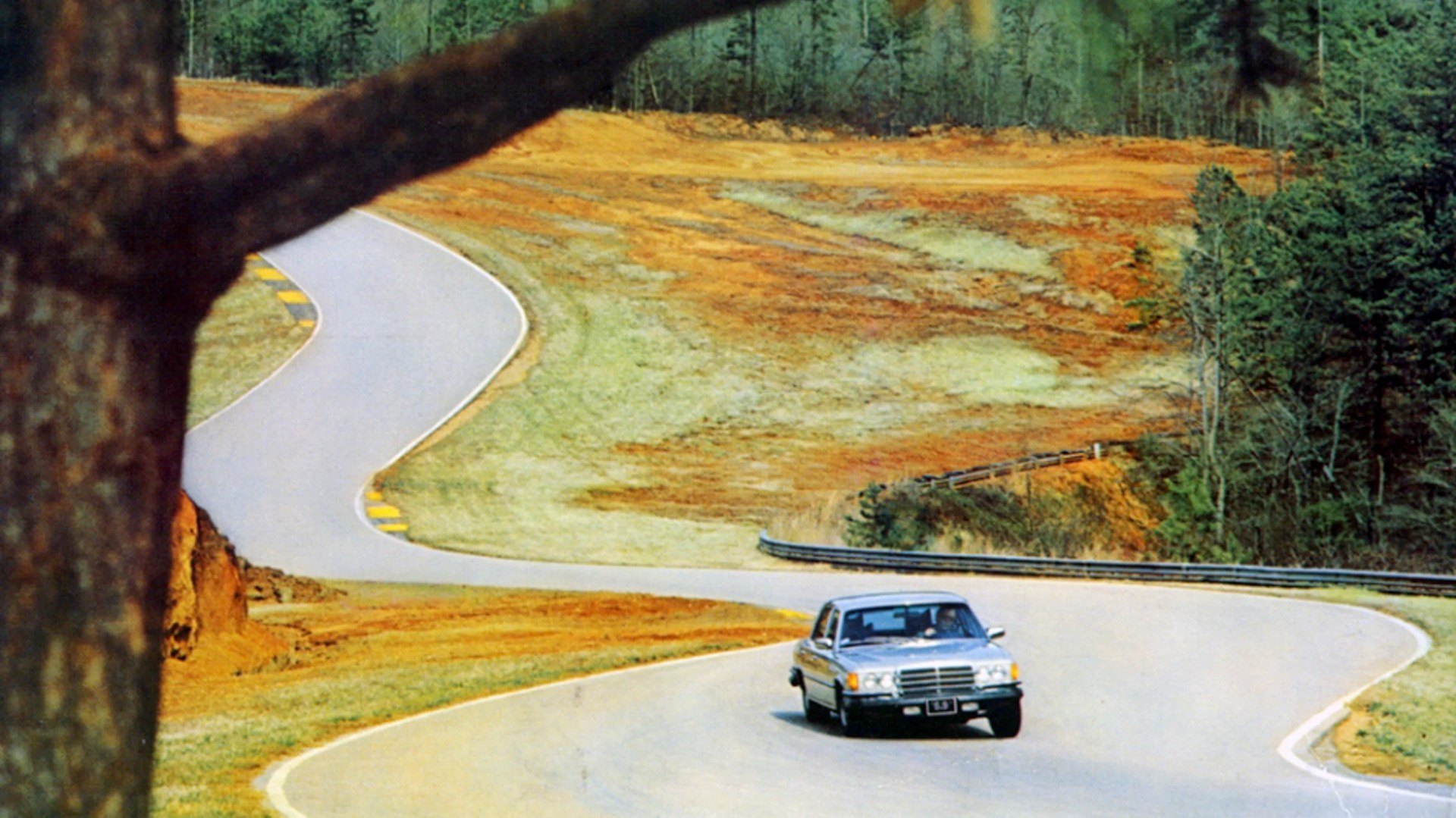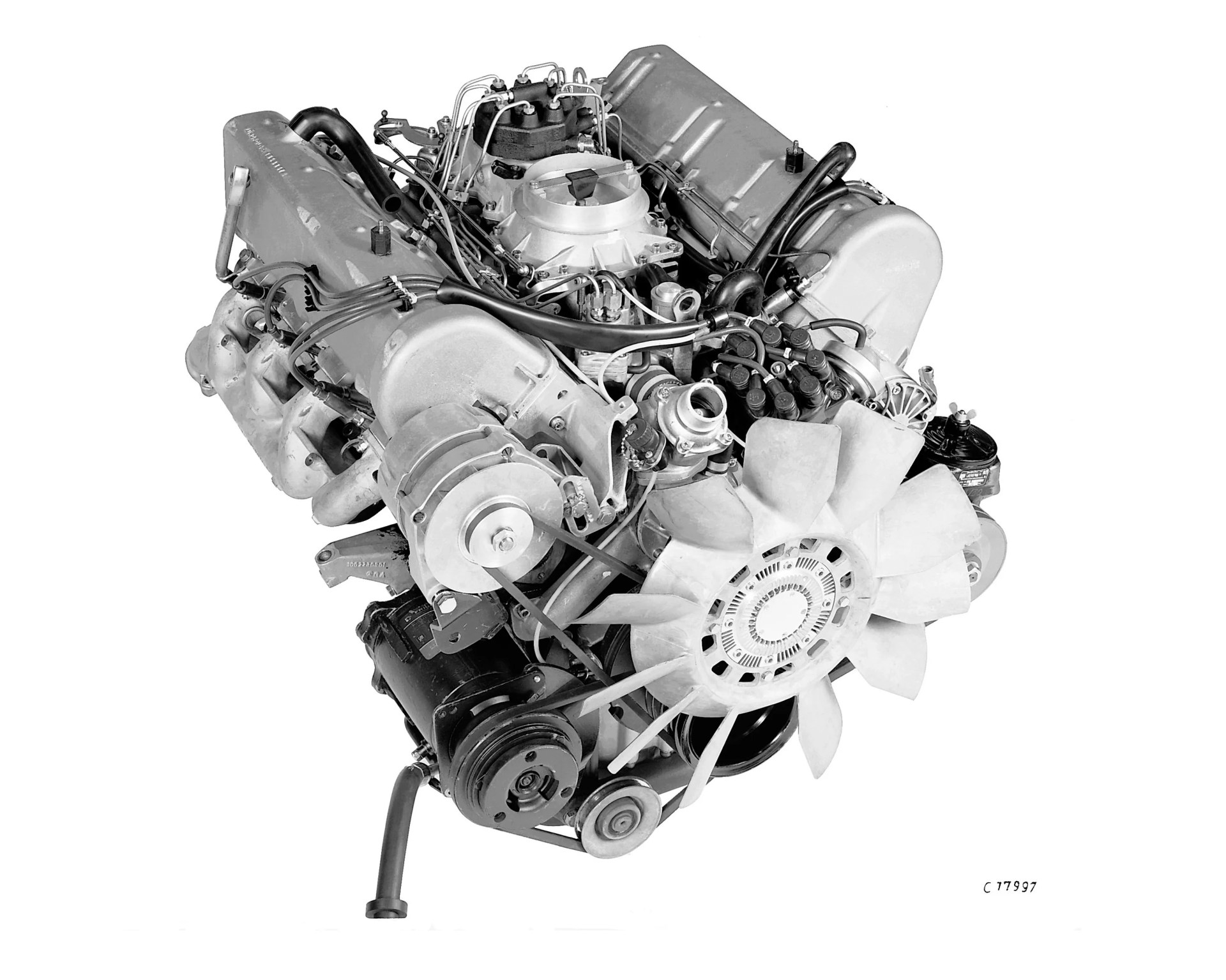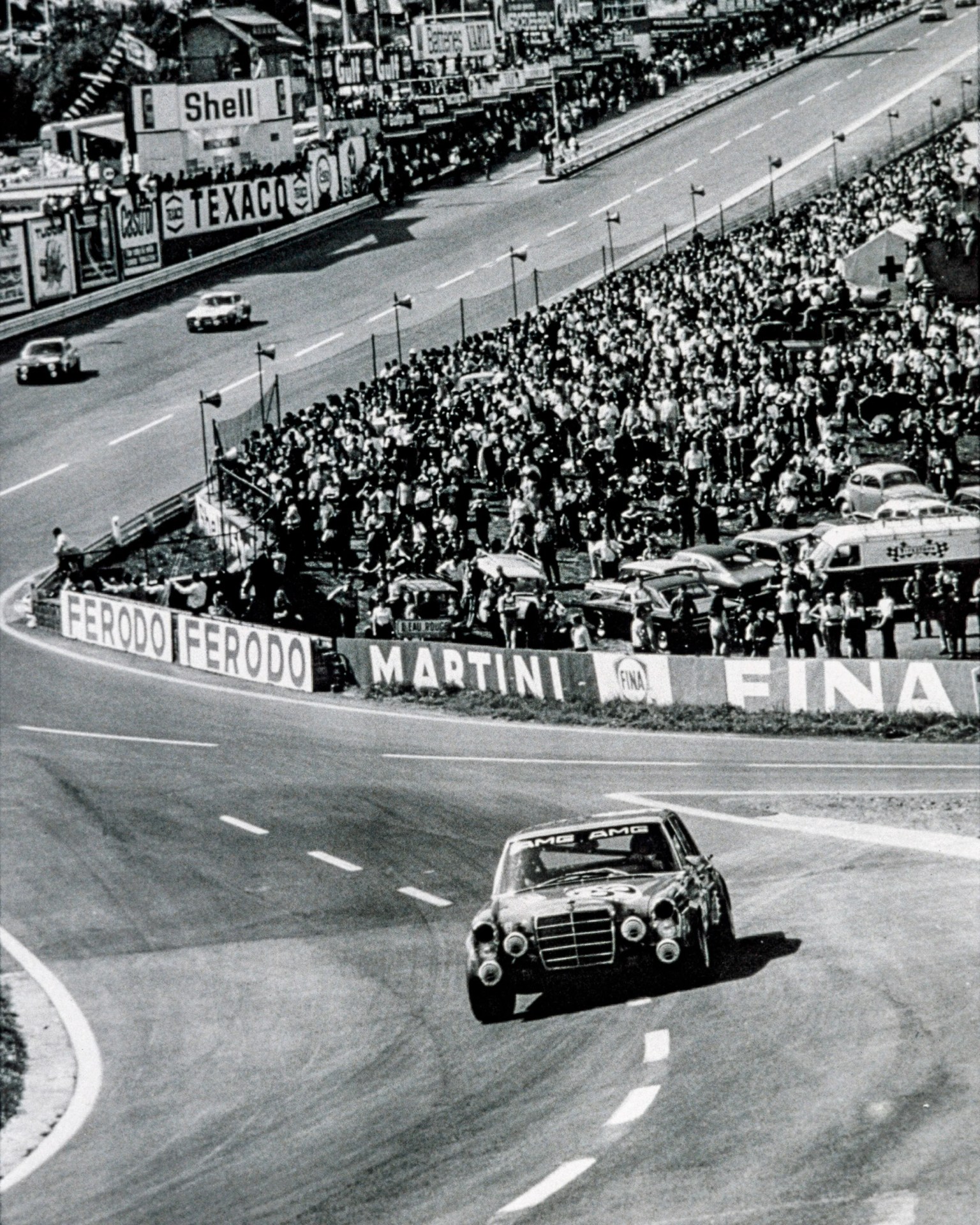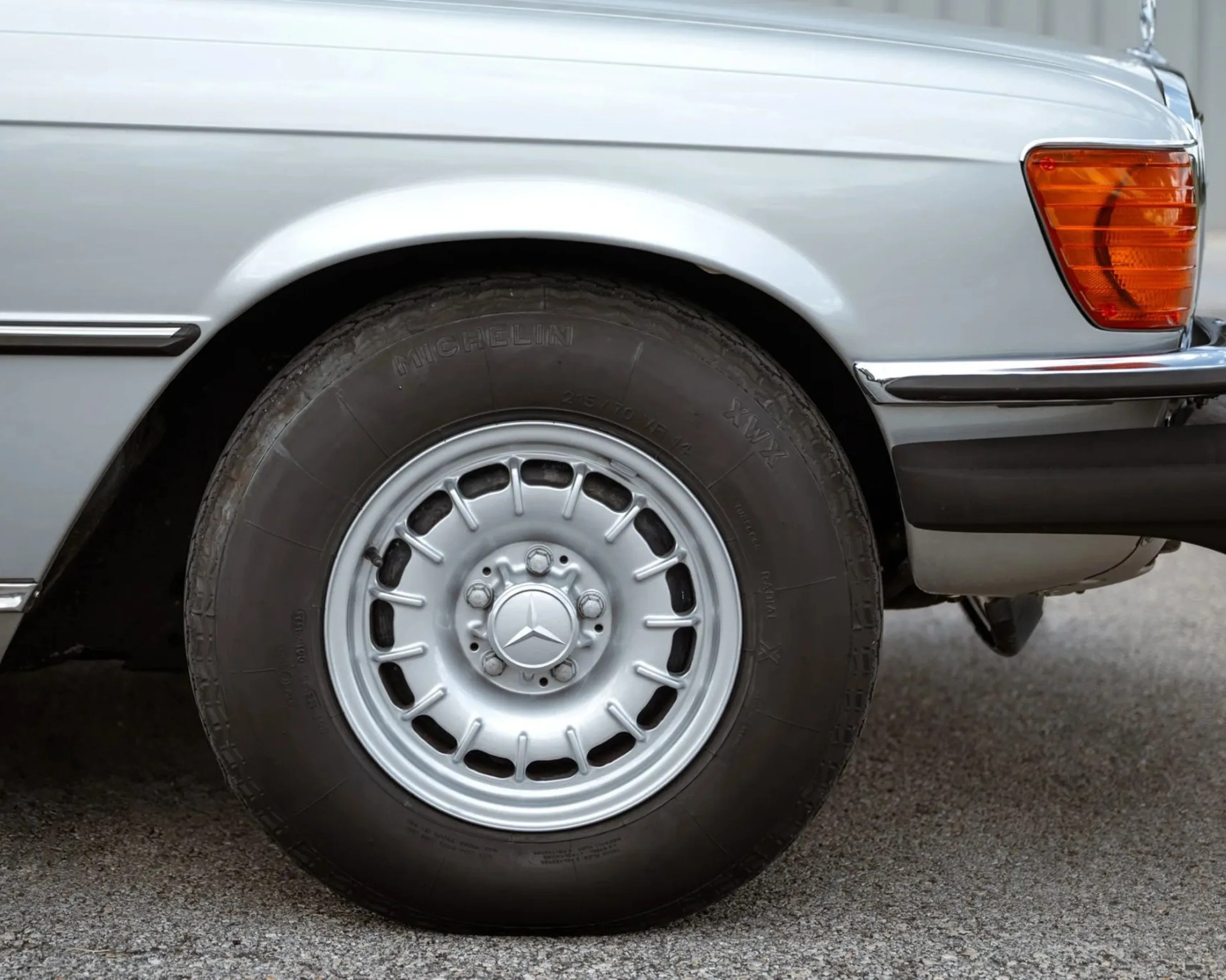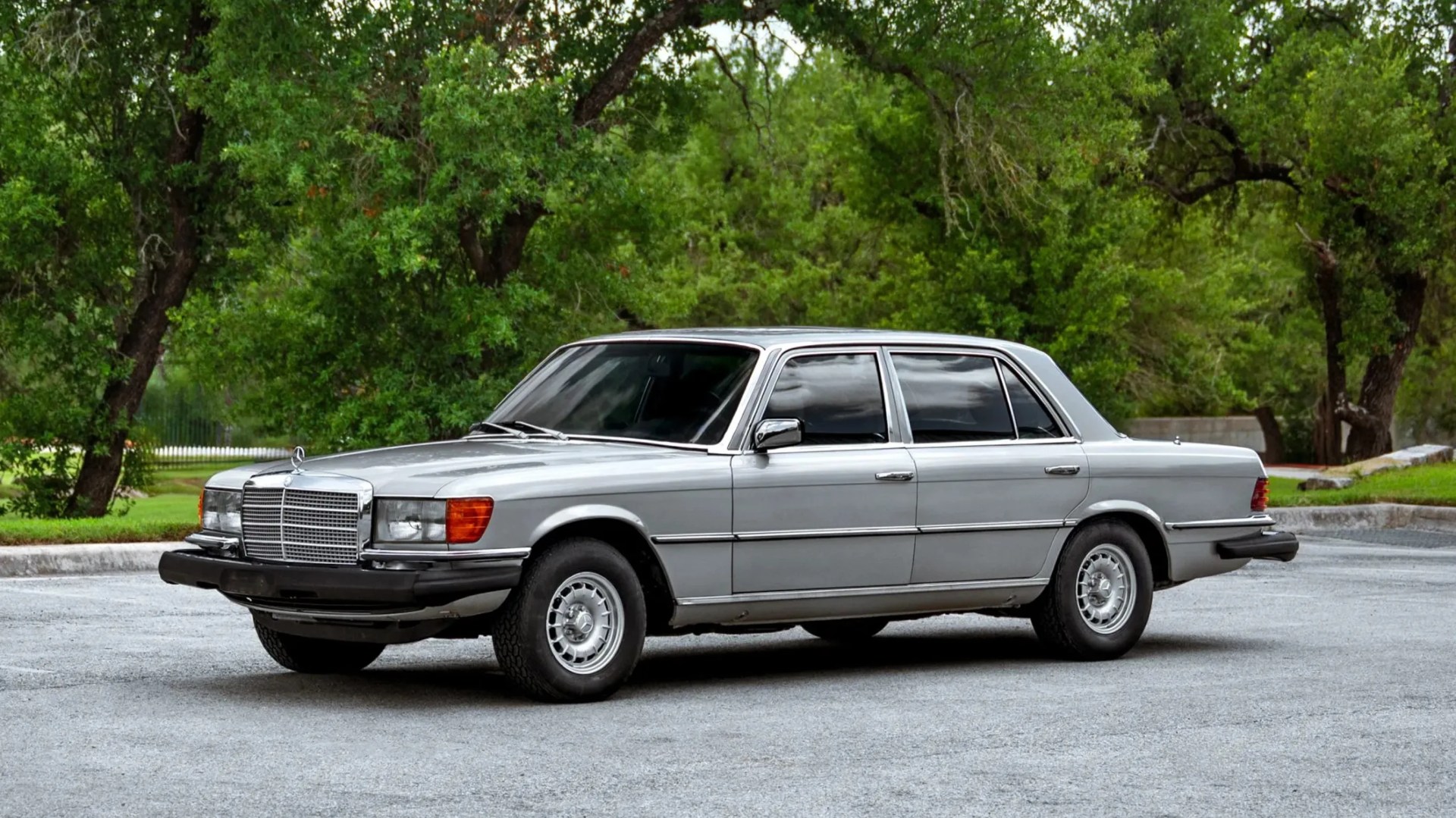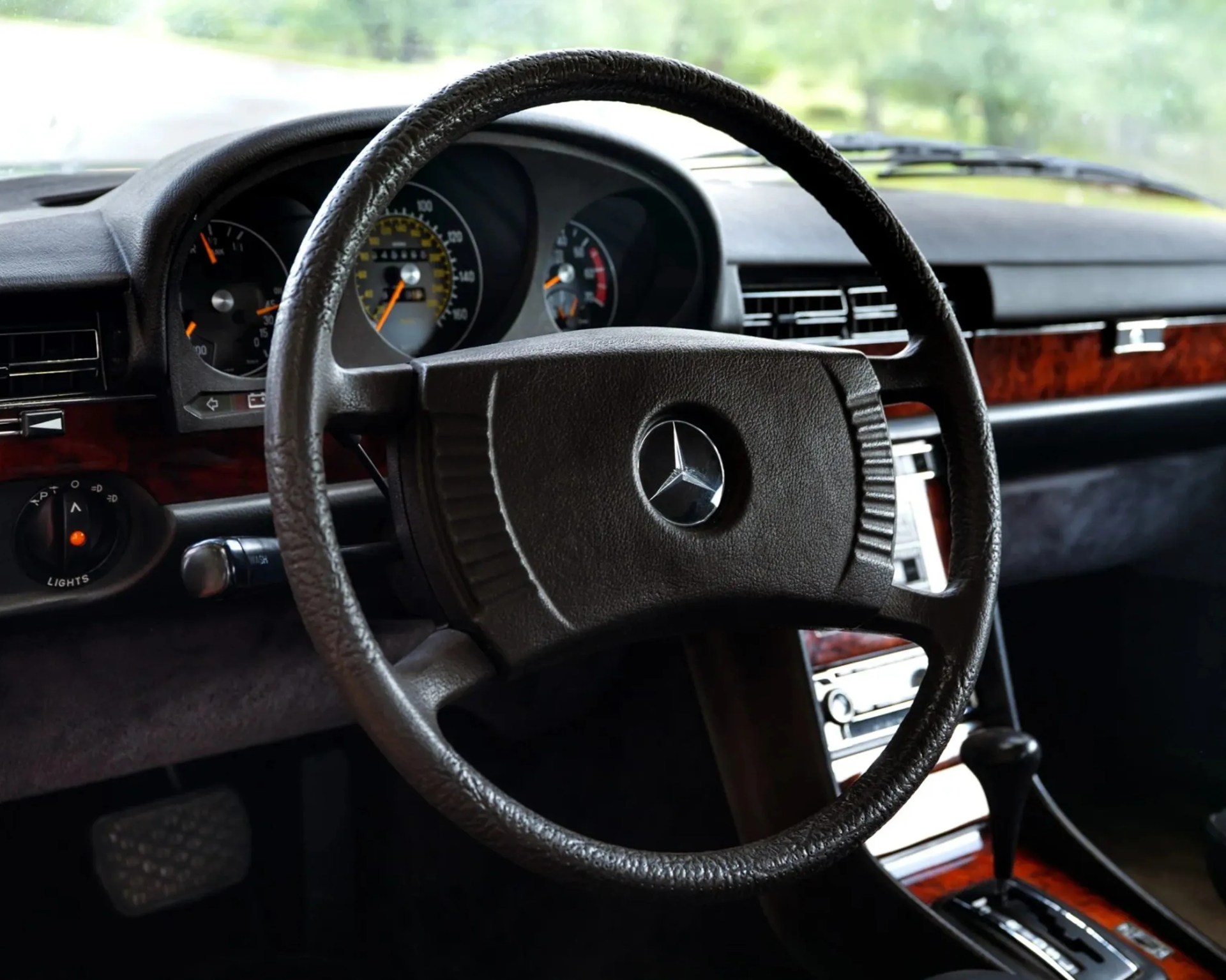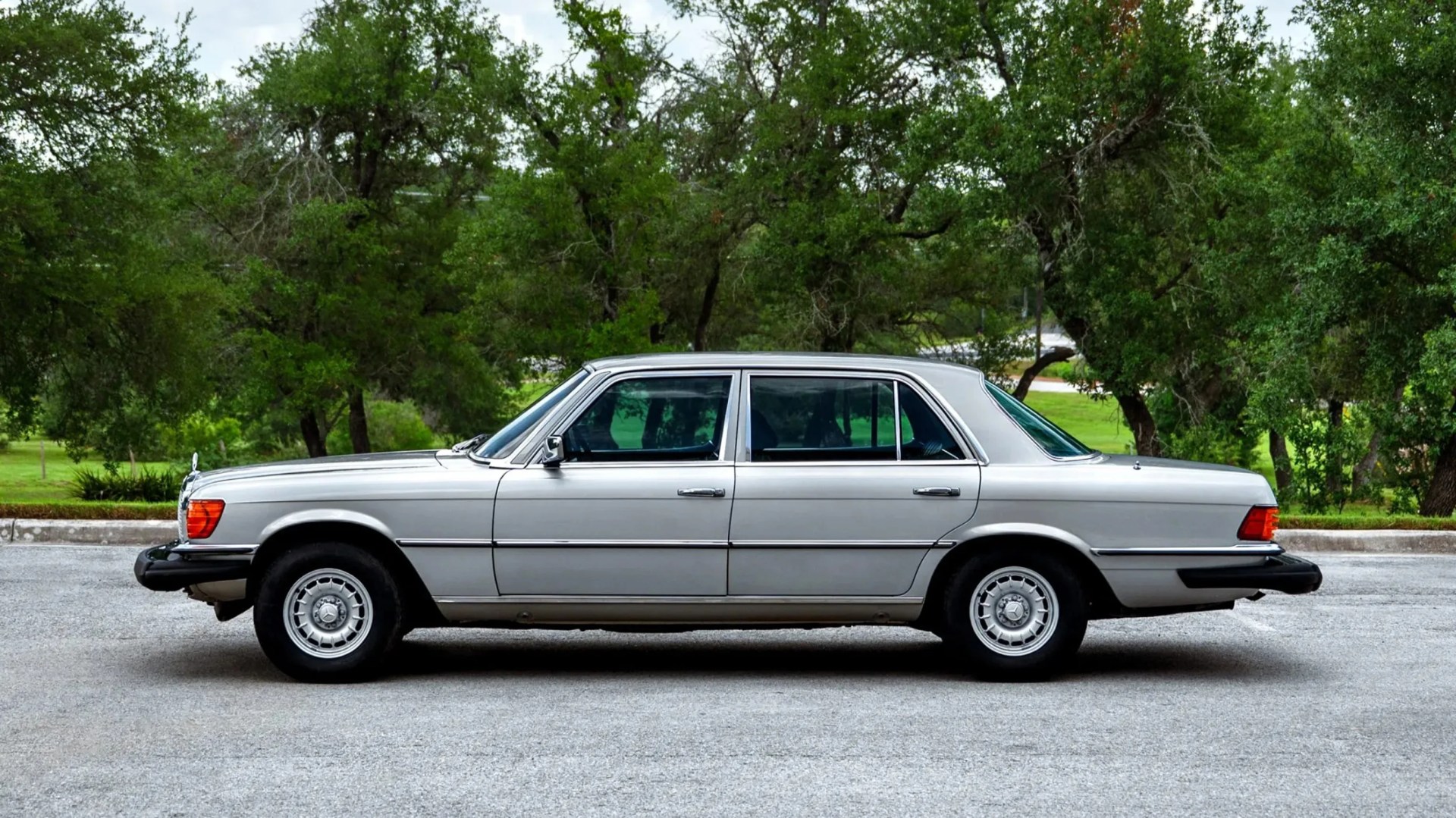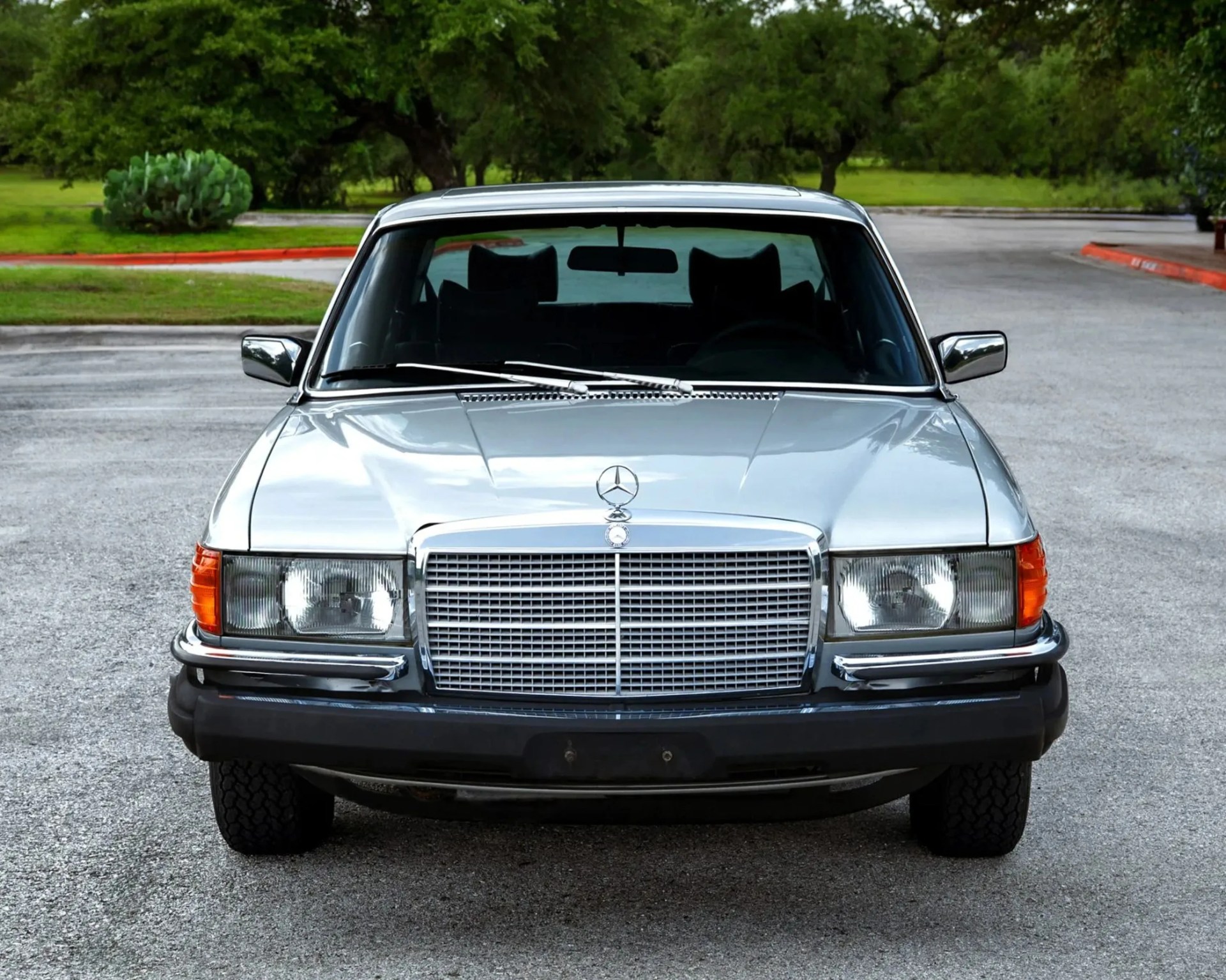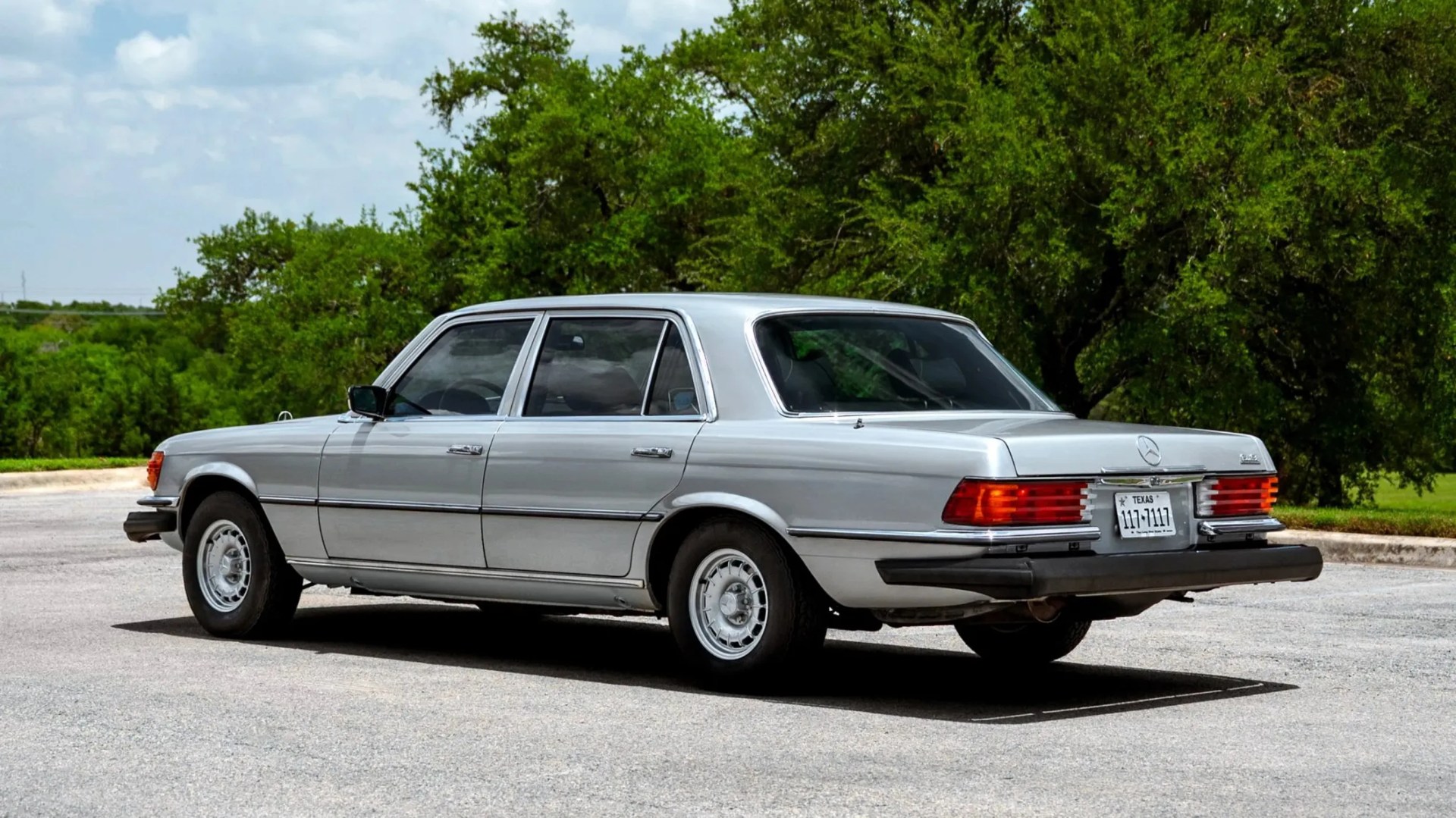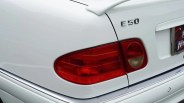This may look like the sort of old, ordinary, big-bodied Mercedes-Benz that your grandfather drove back in the day. But it isn’t (though it could be, depending on how wealthy he was).
Rather, it’s one of the Three-Point Star’s most iconic automobiles and perhaps one of the most iconic sedans of all time. Sure, it has a very humdrum and basic three-box body.
But under its unassuming sheetmetal lies the sort of engineering wizardry that allowed this German sled to take the title as the world’s fastest production sedan for several years in the 1970s.

Such superlatives and claims to fame are often associated with flashy supercars. But that’s what made this vehicle so remarkable.
“The greatest Mercedes-Benz ever built”

It was just 50 short years ago when Mercedes-Benz introduced the game-changing W116 450SEL 6.9 in Europe. Built as the top-spec variant of the era’s S-Class, it was the follow-up to the W109 300SEL 6.3 before it.
